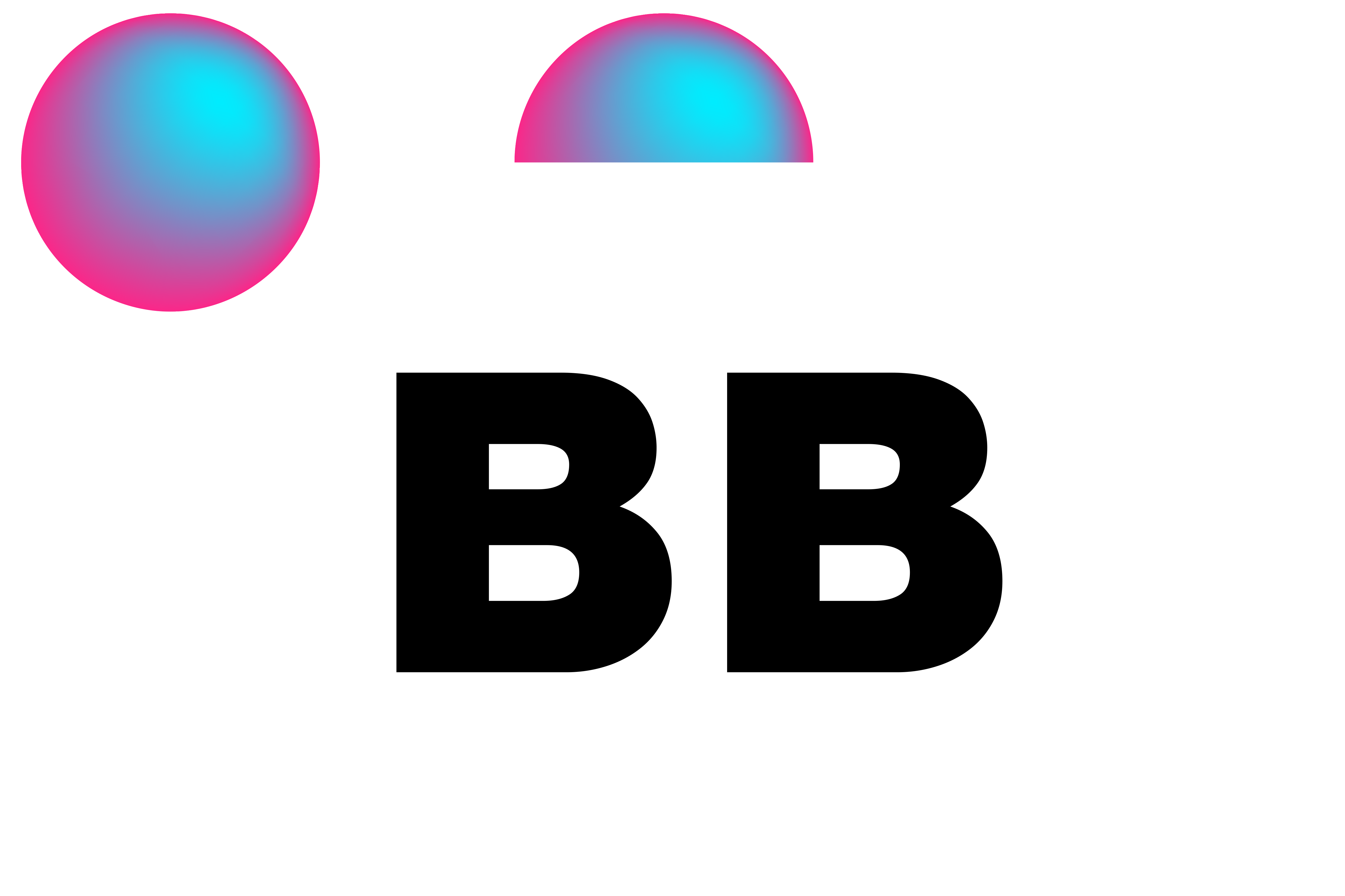The Art of Letting Bad Assets Stay
Making your own game assets is a special kind of emotional rollercoaster. It starts out feeling productive—I'm building something real, something important!—and then somehow, four hours later, you’re arguing with yourself about whether the shadow under this rock feels “committed enough.” There’s no creative director to tell you to move on, no deadline breathing down your neck. Just you and your infinite capacity to overthink.
There’s this moment that always comes up where you have to collapse the layers. Merge things down. Commit. And it always feels wrong. Like you’re deleting your escape hatch. Because, well, you are. What if you want to change it later? What if that one adjustment you make next week would’ve been easier if you’d kept that clipping mask? But also: what if you just finish the thing and move on with your life? At some point you have to admit you’re not going to noodle the contrast curve on that texture forever. Collapsing is terrifying because it means you’re done. Or done-ish. And when you’re the only one deciding what “done” means, the temptation to keep things open-ended is strong. But clean, committed files are like a gift to your future self. You’ve cleared the mental clutter. You’re telling yourself, “Hey, I trust this enough to build on it.” Which, when you think about it, is kind of huge.
Then there’s the creeping dread of style drift. That slow realization that everything you made three weeks ago looks like it was done by someone who didn’t know what a color palette was. And unfortunately, that someone was you. The longer your project drags on, the more pronounced it gets. Suddenly your trees don’t match your cliffs, your UI looks like it came from a different decade, and your original character design feels like it was phoned in from a fever dream. It’s very easy to convince yourself the only reasonable solution is to redo everything. Start fresh. Burn it all down.
But here’s the thing: that feeling is unavoidable. It’s not a flaw. It’s just… growth. You’re better now, which is great. That means the game gets better too—from this point forward. You can’t keep dragging your past self along, fixing every mistake they made. They did their best, bless them. Let them rest. The goal isn’t perfect cohesion. The goal is to finish. And honestly, half the time the inconsistency you’re panicking over just reads as charm to everyone else. Players aren’t scrutinizing the line weight on your old NPC portraits—they’re trying to find the door to the next room.
And then there’s the really insidious one: perfectionism in the form of hyperfixation. You zoom in 800% to adjust a corner radius by two pixels, convinced it’s the key to unlocking your entire game’s aesthetic. It’s not. You spend hours renaming layers and organizing your files instead of making something new. You convince yourself you’re working, when really, you’re just hiding in the admin tasks because they’re safer than creative decisions. I’ve done it. I still do it. It feels productive. It’s not.
Most of the time, the thing you’re obsessing over isn’t even noticeable in the game. That slightly misaligned prop? Nobody cares. That highlight that feels a touch too cool-toned? No one sees it. The player is too busy jumping over lava. What actually matters is how everything fits together. Does the whole feel right? Does it function? Can it ship? If yes, stop touching it. If no, fix the real problem. Probably not the pixel you’re fixated on.
This isn’t an argument for lowering standards. It’s a reminder that perfection is a moving target that only ever shows up when you’re not looking for it. The sooner you give up on the idea that every asset needs to be a portfolio piece, the sooner you can start treating them like what they actually are: ingredients. No one’s judging the raw flour if the cake is good.
It’s hard to let go. I get that. Every asset is a little piece of your time and skill and indecision and hope. It’s easy to tell yourself that if you just polish this one thing a bit more, then the game will suddenly click into place. But most of the time, the only thing really holding it back is the pile of half-finished, over-fussed work sitting in your files. You don’t need better assets. You need more momentum.
So, yeah. Collapse the layers. Let your early stuff be what it is. Forgive your past self for their bad decisions. Stop trying to make the perfect grass texture. Nobody’s buying this game for the grass. And if they are, you’re in a very specific niche and you’ve probably already nailed it.
Finish more things. Fret less. Your game will thank you.
